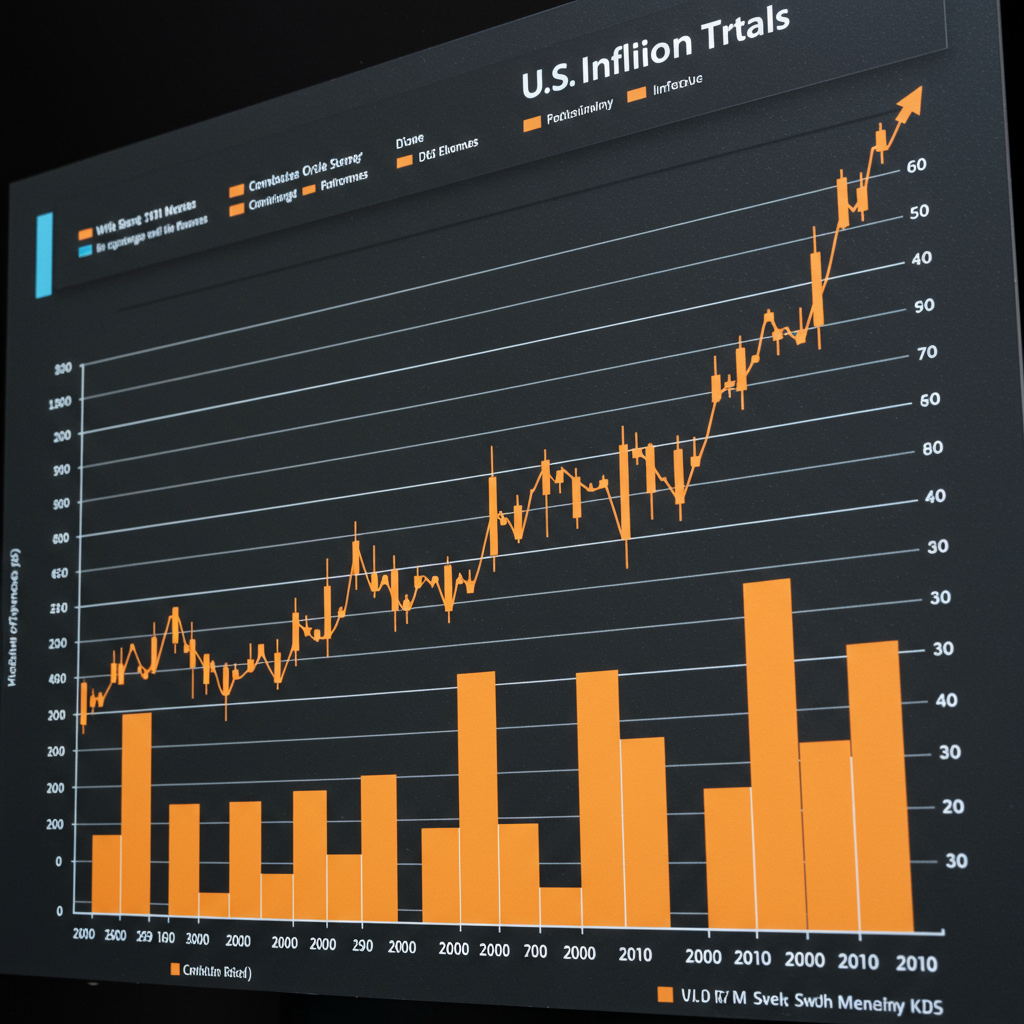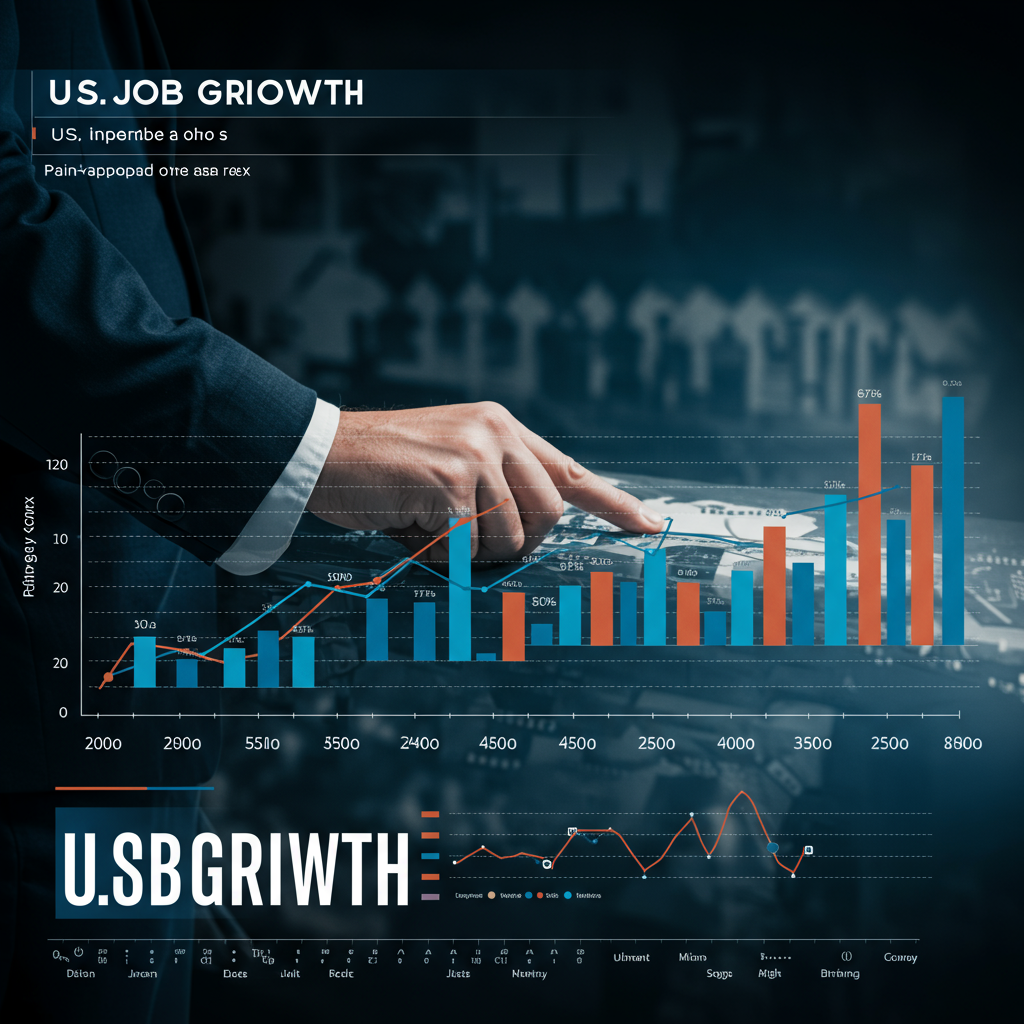The latest Consumer Price Index (CPI) report revealed that inflation in the United U.S. edged slightly higher in May. However, the increase was more moderate than many economists had anticipated, largely due to another drop in gasoline prices and a slowdown in rent inflation, which helped to temper the early effects of tariffs.
According to data released by the Labor Department, the overall consumer price index rose by 2.4% compared to a year earlier. This is a slight uptick from the 2.3% four-year low recorded in April, indicating a modest acceleration in the annual rate of inflation. On a monthly basis, consumer costs increased by just 0.1%, a pace slower than the 0.2% seen in April and below many projections.
Understanding Core Inflation
To get a clearer picture of underlying price trends, economists and the Federal Reserve often focus on “core inflation.” This measure excludes volatile food and energy items. In May, core inflation increased by 0.1% month-over-month, down from April’s 0.2% rise. This kept the annual core inflation rate steady at a four-year low of 2.8%.
The Muted Impact of Tariffs (For Now)
Many forecasters expected the recent implementation of various tariffs on imported goods to begin pushing consumer prices higher in May. While there were some signs of potential tariff pass-through, the overall impact appeared more subdued than anticipated.
For instance, major appliance costs jumped 4.3% in May, and toy prices rose 1.3%. However, other categories that might be affected by tariffs saw prices decline, including new cars (-0.3%), apparel (-0.4%), and furniture (-0.8%). Used car prices also fell by 0.5%.
Experts offered varied reasons for the limited immediate impact. Some suggested that manufacturers and retailers had strategically stocked up on goods before tariffs took effect or were absorbing some of the costs to avoid immediate price hikes. Despite the tame May data, many economists predict a “stronger and broader pass-through” of tariff-related costs into consumer prices over the summer months. Forecasts suggest tariffs could contribute to higher inflation later in the year, potentially pushing overall inflation towards 3.5% and core inflation towards 3.8%.
Key Drivers Behind the Numbers
Several factors helped keep overall inflation from accelerating faster in May:
Slowing Rent Increases: Rent inflation, which has been a significant driver of price increases, slowed notably. Average rent increased by 0.2% in May, bringing the annual increase down to 3.8%. This marks the smallest annual increase since January 2022. While this slowdown is positive, it’s important to note that this occurs against a backdrop where rents remain significantly higher than pre-pandemic levels, establishing a new, elevated baseline for housing costs in many markets. The softening rate is partly attributed to lower rents for new leases beginning to filter into rates for existing tenants, along with increased supply from new construction in some areas.
Falling Gasoline Prices: Gasoline prices continued their downward trend, falling 2.6% in May and registering a 12% drop over the past year. This decline is linked to concerns that global economic growth could slow, reducing demand, and increased oil production by OPEC countries.
Mixed Trends in Other Sectors
Beyond housing and energy, price movements were varied:
Services: Airline fares dropped for the third consecutive month (-2.7%), possibly reflecting reduced discretionary spending. Hotel rates (-0.1%) and car repairs (-0.1%) also saw slight dips. Medical care costs rose modestly (+0.2%), while car insurance continued its significant climb, up 0.7% in May and a substantial 7% year-over-year.
Groceries: Grocery costs saw a slight increase of 0.3% in May after a drop the previous month. Price changes for specific items were mixed:
Eggs fell significantly (-2.7%), though they remain sharply higher (+41.5%) compared to a year ago due to bird flu impacts.
Bread (-0.4%) and chicken (-0.2%) got slightly cheaper.
Breakfast cereal (+2%), rice (+0.8%), and uncooked ground beef (+1%) saw increases.
The cost of dining out continued to rise (+0.3% monthly, +3.8% annually), influenced by ongoing labor costs in the restaurant industry.
Looking ahead, some food items may face further price pressures. For example, major producers of goods like coffee have announced planned price increases later in the year, citing rising costs for green coffee beans and other commodities.
Implications for the Federal Reserve
Normally, a tame inflation reading like May’s might encourage the Federal Reserve to consider reducing interest rates. However, the central bank faces a complex situation. The lingering uncertainty surrounding the future impact of tariffs – which have the potential to both increase inflation and slow economic growth – adds a layer of complexity.
Fed officials have indicated they will carefully assess the effects of tariffs and other economic data before resuming any rate-cutting cycle. This presents a dilemma: deciding whether the risk of rising prices or slowing growth is the more pressing concern. Despite this uncertainty, financial markets, like those tracking fed funds futures, are currently anticipating potential quarter-point rate cuts by the Fed in both September and December.
In summary, the May CPI report paints a picture of inflation that ticked up slightly but remained relatively stable. While the initial pass-through of tariffs was less impactful than feared, their future effects remain a key unknown. The tempering influence of falling energy prices and slowing, albeit from a high baseline, rent increases were crucial factors shaping the inflation landscape in May. The Federal Reserve continues to monitor these dynamics closely as it considers future monetary policy decisions.


